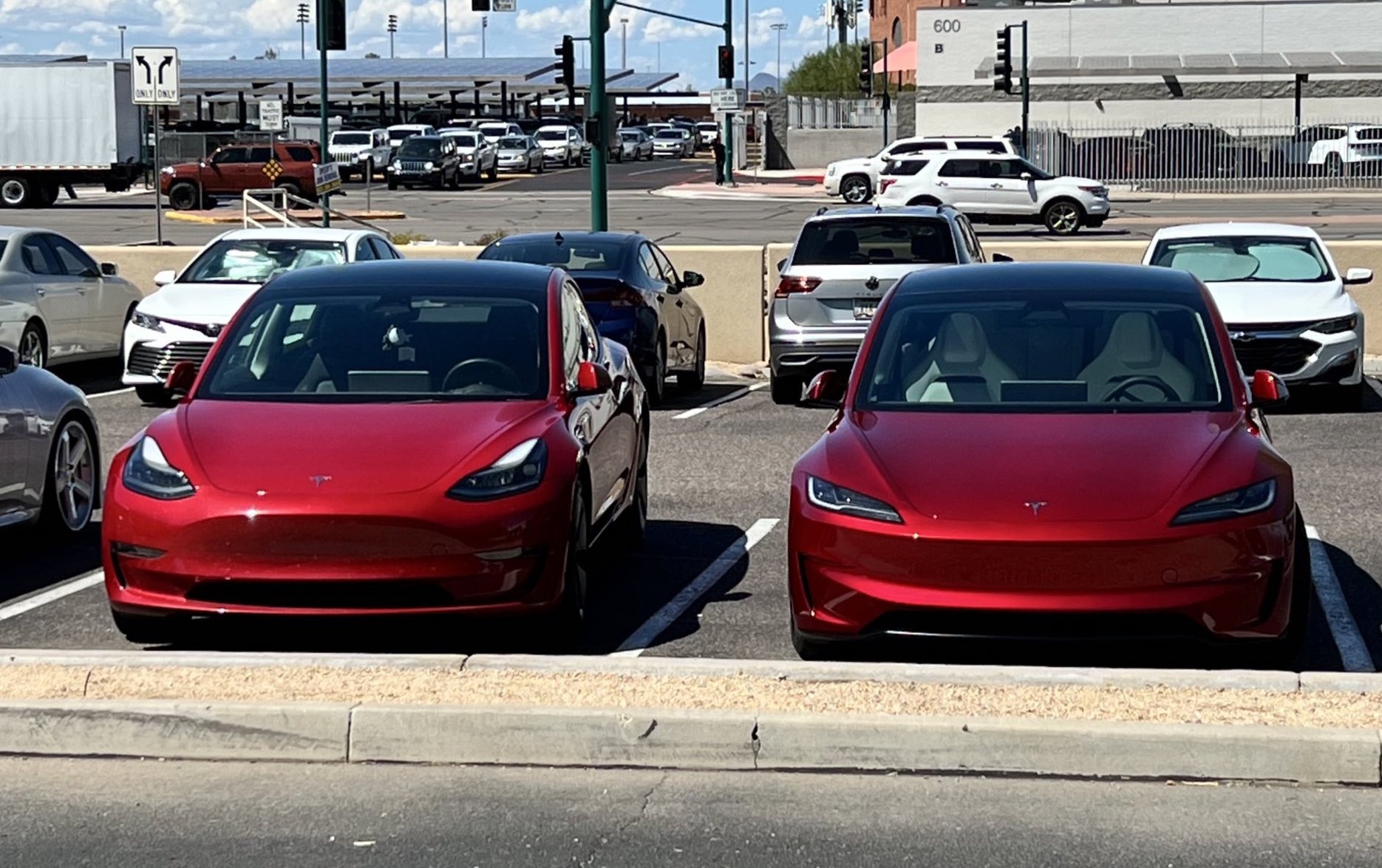How EU Tariff Adjustments on Chinese EV Imports Will Shake Up the Market
The European Commission has announced a strategic adjustment to the tariffs on Chinese-made electric vehicles (EVs). This major shift is set to reshape the competitive landscape across Europe’s burgeoning EV market. Notably, the decision is aimed at promoting fair competition while encouraging the import of high-quality electric vehicles, benefiting several global auto giants—including the American EV leader Tesla.
Impact on Tesla and Other Automakers
One of the most prominent beneficiaries of this tariff reformation is Tesla. Previously, the American automaker faced a tariff of 20.8% on its vehicles manufactured in China. Following the new adjustments, this rate will drop significantly to 9%, allowing Tesla to strengthen its foothold in the European electric vehicle sector. This considerable reduction not only lowers the cost burden for Tesla but considerably enhances its price competitiveness within the market.
Other Chinese automakers like SAIC, BYD, and Geely will see modest reductions in their tariffs. SAIC’s rate will slightly decrease from 37.4% to 36.3%, BYD from 17.4% to 17%, and Geely from 20% to 19.3%. Although these changes are relatively minor compared to Tesla’s, they will still provide some relief and enhanced market competitiveness, albeit at a lesser magnitude.
Ramifications for Cooperating and Non-Cooperating Companies
The tariff adjustments also extend to other, less cooperative players in the market. Companies working within the guidelines set by the European Commission will experience a small increase, from 20.8% to 21.3%. On the other hand, non-cooperating companies will continue to face a significantly higher tariff rate of 36.3%, putting them at a distinct competitive disadvantage. This move aims to reward companies that align with European trade policies and maintain quality standards, thereby fostering a fair and competitive environment.
Strategic Implications and Market Response
The European Commission’s decision to recalibrate tariffs isn’t just about promoting fair competition—it’s also a strategic move to bolster Europe’s position as a key player in the global EV market. By lowering tariffs on select companies, the EU aims to attract high-quality, competitively priced electric vehicles, thereby driving consumer demand and accelerating the transition to greener transportation.
Market analysts have reacted positively to the news. This development is expected to lead to an influx of premium Chinese-made electric vehicles, providing European consumers with more options at competitive prices. Moreover, the reduction in Tesla’s tariff rates could potentially trigger more investments in European infrastructure, including charging stations and service centers, as the company looks to expand its market share.
Conclusion: A Win for Consumers and the Environment
Overall, the recalibration of tariffs by the European Commission marks a significant step toward a more competitive and consumer-friendly market. By lessening the financial burden on top EV manufacturers like Tesla, the EU is set to offer more choices to the end consumer. Additionally, these changes are likely to contribute positively to environmental goals by pushing for broader adoption of electric vehicles, thus reducing carbon emissions and driving the paradigm shift towards sustainable urban transportation.
To stay updated with the latest developments in the European EV market and further industry insights, stay tuned!
